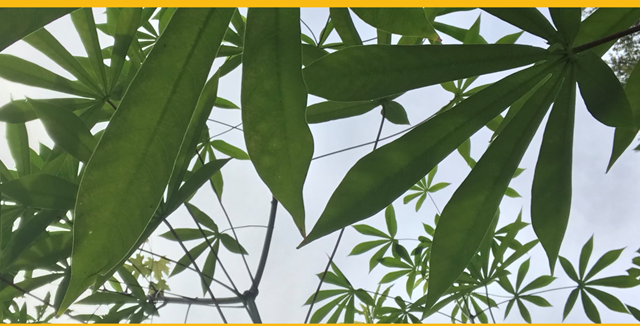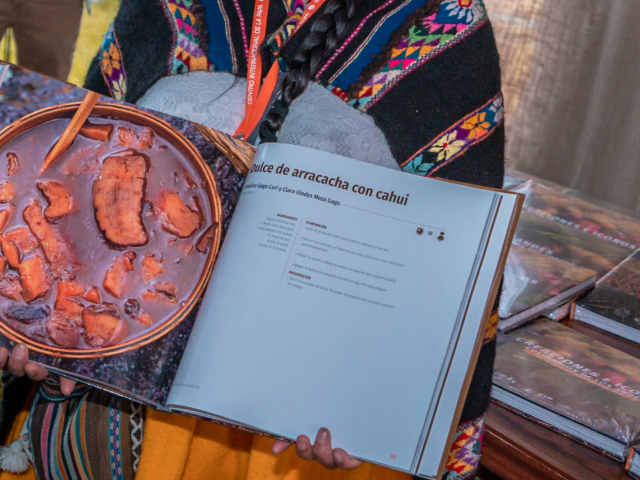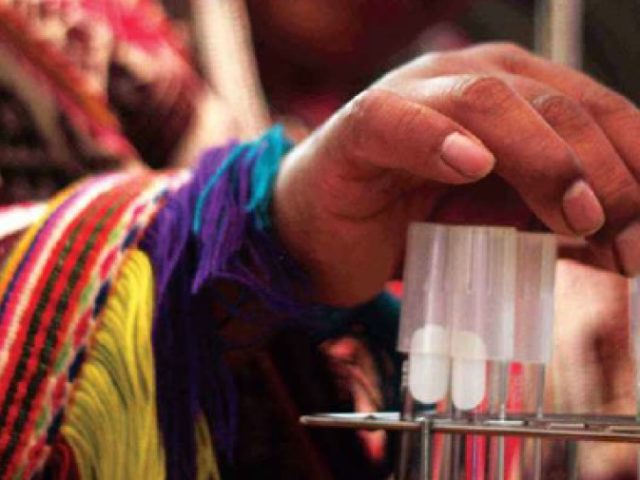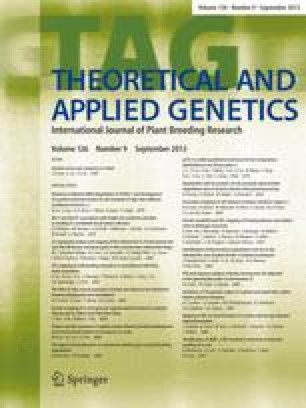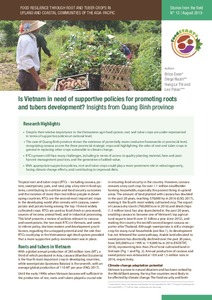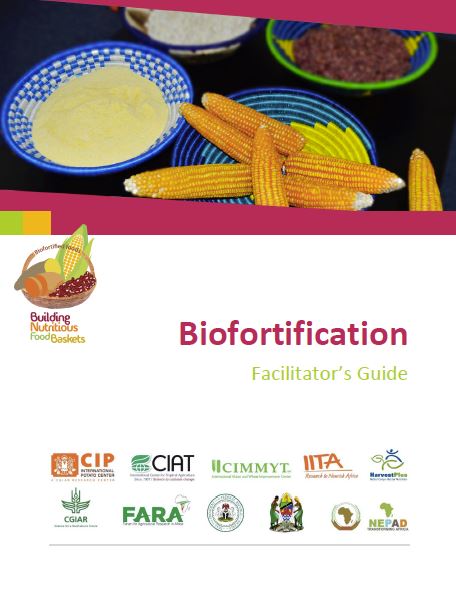Pest Status of Acraea acerata Hew. and Cylas spp. in sweetpotato (Ipomoea batatas (L.) Lam.) and incidence of natural enemies in the Lake Albert Crescent agro-ecological zone of Uganda.
The present study presents the results of farmers’ field surveys of the sweetpotato butterfly, Acraea acerata Hew., and the two African sweetpotato weevils, Cylas puncticollis Boheman and C. brunneus F. infestation and damage. The objectives of this study were to determine (i) occurrence and distribution of A. acerata and Cylas spp. as well as infestation and losses in sweetpotato (Ipomoea batatas (L.) Lam.), and (ii) the occurrence and abundance of parasitoids of A. acerata in the Lake Albert Crescent (LAC) agro-ecological zone of Uganda. Field surveys were conducted in 240 sweetpotato fields in eight subcounties in Masindi and Buliisa districts at the end of each of the two cropping seasons of 2012 (March to May and September to November). A. acerata and Cylas spp. occurred in 17% and 90% of the fields, respectively. A. acerata did not occur in two subcounties of Buliisa district. A. acerata infestation was low, with up to two and four larvae per plant in the first and second cropping season, respectively, causing minor defoliation of up to 4.1% of the sweetpotato plant. Larvae of Cylas spp. caused root yield losses of up to 56.5% and 47.5% in the first and second cropping seasons, respectively. Parasitism rates of A. acerata larvae ranged from 0.0% to 15.1% in season 1 and 0.0% to 6.3% in season 2. Out of a total of 1020 larvae collected, 8.43% were found to be parasitized. Parasitoids occurred in 56% of fields infested by its host. Charops spp. was the main parasitoid. It was evident that Cylas spp. were more prevalent than A. acerata in the LAC agro-ecological zone of Uganda. Conservation of A. acerata natural enemies may contribute to better management of this pest. Urgent attention for management of Cylas spp. is required.
